Editor's note. After a major refurbishment, Plaza Athenee reopened in September 2014 with new head chef Romain Meder. Christophe Saintagne is now at Le Meurice. The new format Plaza Athenee only got two Michelin stars in the 2015 guide. The notes below are primarily of historical interest given these changes.
The Plaza Athenee and Louix XV in Monaco are the flagship restaurants of Alain Ducasse’s restaurant empire. The chef at the Plaza Athenee is currently Christophe Saintagne. Christophe originally trained at Auberge de Vieux Logis in Normandy, and worked with Alain Ducasse in 1999 at 59 Poincare, when Ducasse took over the iconic Robuchon restaurant on Joel Robuchon’s retirement from cooking. Christophe stayed with Ducassse until 2005, when he moved to Les Ambassadeurs under Jean Francois Piege. In 2008 he re-joined Alain Ducasse, taking over the Plaza Athenee in 2010 from its previous incumbent Christophe Moret. Saintagne brings a simpler cooking style than his predecessor, but still with impeccably sourced ingredients and precise culinary execution.
The dining room is very lavish indeed, with thick carpet, a high ornamental ceiling and widely spaced, large tables. Two spectacular chandeliers dominate the room, with filaments that appear to be hanging in mid-air but (actually suspended on fine wires from the ceiling) extending the apparent scope of the actual chandeliers. This is very much Parisian grand dining. The room can seat 60 guests at capacity.
The tasting menu, which is what I went for, costs a little matter of €360. If you opt for à la carte then dishes range from €75 to €180, with desserts at €35. The lengthy wine list is not going to help the budget diner either. There are around 1,000 wines on the list, with 35,000 bottles in the cellar; the list is entirely French. Example wines were Ostertag Riesling Clos Mathis 2007 at €70 for a wine you can buy in a shop for €16, Cuvee Frederich Emile 2004 at €150 for a wine that retails at around €37, and Dom Perignon 2002 at €480 for champagne that you can find for €112. At the prestige end of the list, the divine Chateau Latour 1982 was €4,200 for wine that will set you back €1,830 to buy retail. Interestingly, mark-ups for prestige wines are much kinder in places e.g. Lafon Montrachet 2000 was listed at €1,100, yet would set you back almost exactly this to buy in a shop. To bring things back to reality, a bottle of Evian was a scary €10. Bread was classy: mini-baguettes, dark rye, and particularly good country bread with lovely crust (19/20 bread).
Along with the menu was a rather surprising pair of nibbles: sea bass tartare and some bacon (from Auvergne) on toast, wrapped in paper. To say that I wasn’t expecting to see an Alain Ducasse nibble presented on a piece of paper is an understatement: I presume the chef was aiming at some notion of casual dishes you buy from a vendor, perhaps at the seaside, but I didn’t really understand what this was all about. This ultra-casual idea was not present elsewhere in the meal, and although the bacon and the sea bass were superb, there is only so much that you can do with bacon on toast. It seemed rather out of place to me. Normal service was resumed with deep-fried frog legs with a sorrel dipping sauce and toasted brioche. The seasoning of the frog legs was very precise, the sorrel sauce having lovely flavour and matching the richness of the frog legs very well. For the nibbles, around 18/20 overall.
The first dish was langoustine flesh, served cold, shaped into cylinders and topped with caviar. This was served alongside a glass of warm langoustine consommé flavoured with ginger and lemon grass. This dish was a class act: the langoustines were of the highest quality (I later saw the langoustines in the kitchen, very much alive, and ironically from Scotland – but try finding a live langoustine at a London restaurant). The consommé had deep flavour, and its delicate spices lifted the dish and complemented the caviar without dominating it: a very well balanced dish indeed (20/20).
Next were a pair of scallops with black truffles, served both raw and cooked, in the latter case with a light jus flavoured with truffles, and some potatoes and leeks to the side. Again the scallops were of dazzling quality, the raw version just seasoned with a little olive oil, salt and pepper, and tasting spectacular. The cooked scallops were precisely timed, retaining their inherent sweetness, the root vegetables nicely contrasting with the rich aroma of the truffles. Again, top drawer cooking (20/20). This was followed by lobster with pumpkin and potato, served with juices of the lobster flavoured with pumpkin. As with other dishes, the ingredients were of the highest quality, the Brittany lobster having superb flavour, but I was particularly impressed by just how good the pumpkin tasted. I am not sure where these are sourced from, but I never realised that pumpkin could taste this good (20/20). A couple of little side dishes also showed the sheer quality of technique. Gnocchi were simply the best I have ever tasted, remarkably light. Even a simple side salad had lovely leaves and perfectly judged dressing.
Cheese here is from Bernard Anthony, so is impeccable. This included his famous four year aged Comte, which is a very special cheese. The other cheeses were all French classics, with a single interloper of Stilton. The fruit and nut bread with the cheese was also terrific. Mignardise included Florentines, both light and dark chocolate varieties, with lemon and orange. These were, as one might imagine by now, pretty hard to fault, and also impressive were little slivers of thin gavotte, a lace-thin crepe that looks like a tuile but is actually a pancake.
My chocolate dessert had a rich chocolate base with chocolate Chantilly, topped with a chocolate crisp on which rested a perfect chocolate sorbet. I also tried once more the rum baba, which was remarkably moist, served with vanilla cream: perfect. These were top of the range French desserts (20/20). Even the coffee kept up the high standard, in this case Ethiopian mocha, served with chocolate truffles. Service, under the direction of Denis Courtiade, was exemplary. All the waiting staff were helpful, friendly, efficient and knowledgeable. At the very top end French service reaches a level pretty much unmatched elsewhere in the world.
Of course all good things have to come to an end, and finally the bill arrived. €510 per person, with modest wine. Although this is a great deal of money by any standards, I had just eaten a meal of consistently superb dishes, based on the finest ingredients and cooked with impeccable technique, delivered with faultless service. This is the grandest of grand Parisian dining, and the price is to match.
Further reviews: 01st Jun 2004



































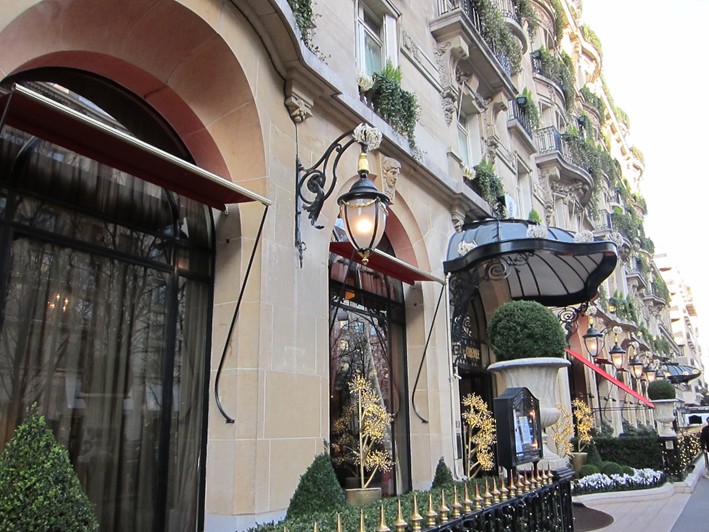

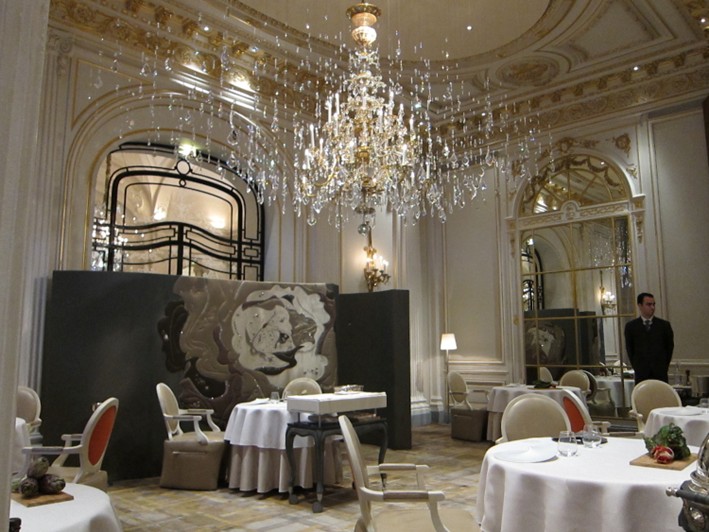


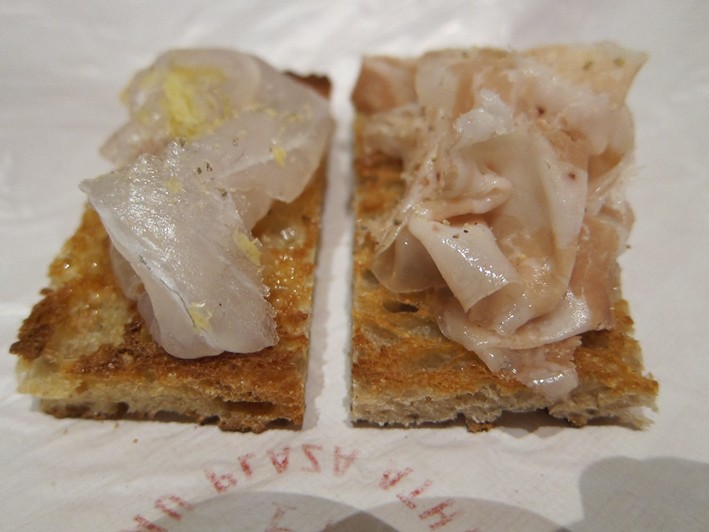
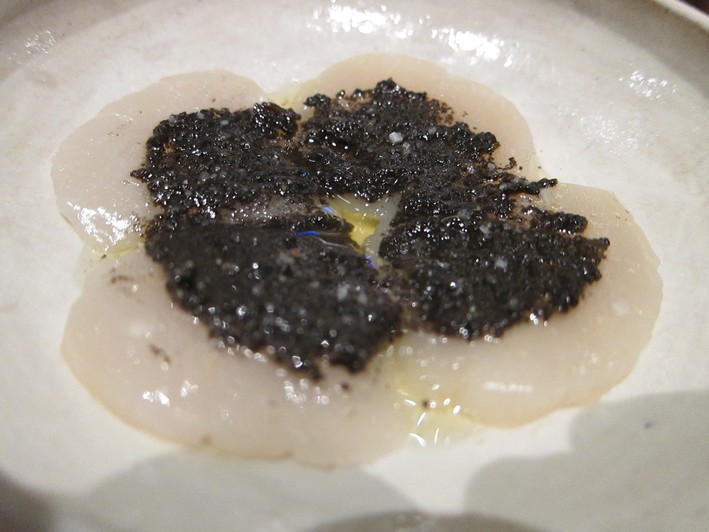
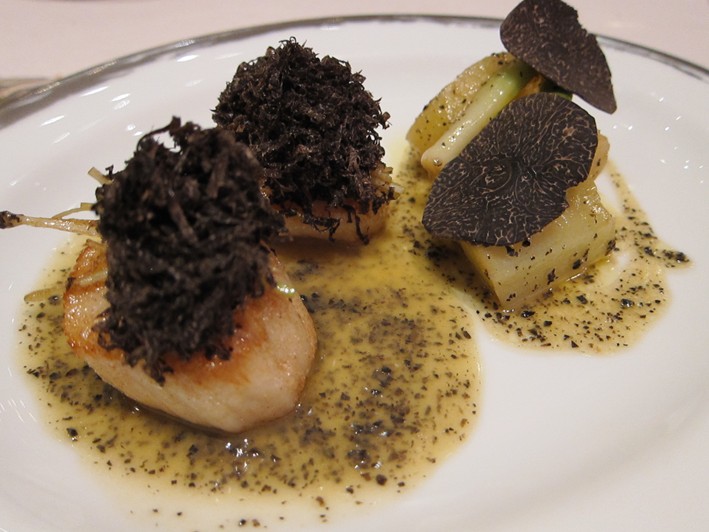
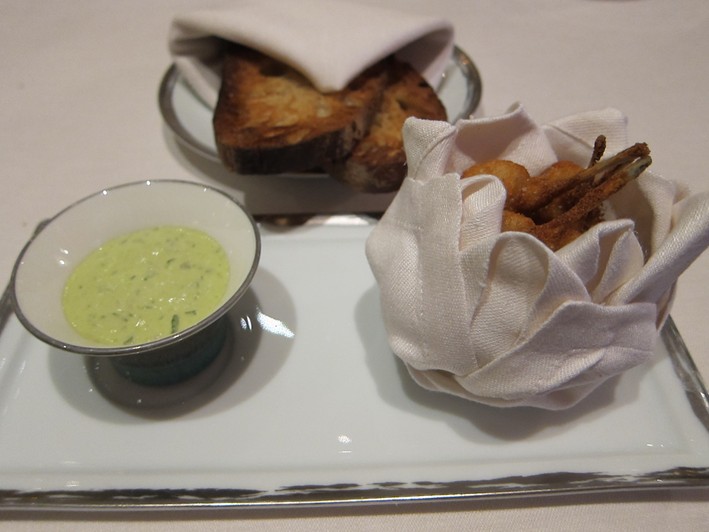

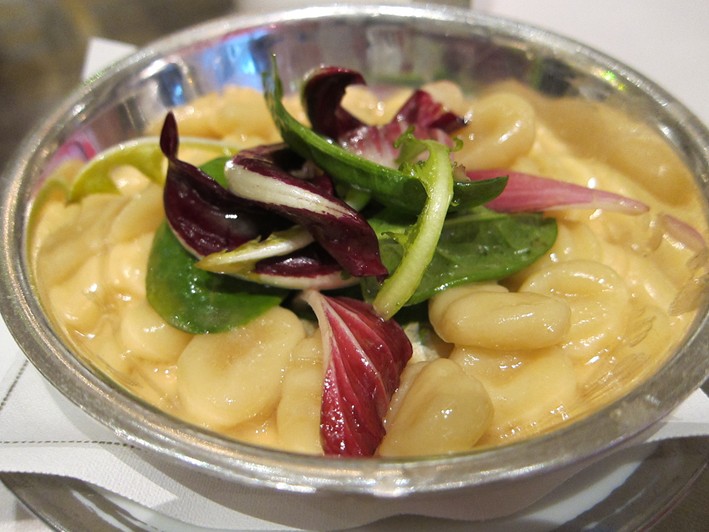

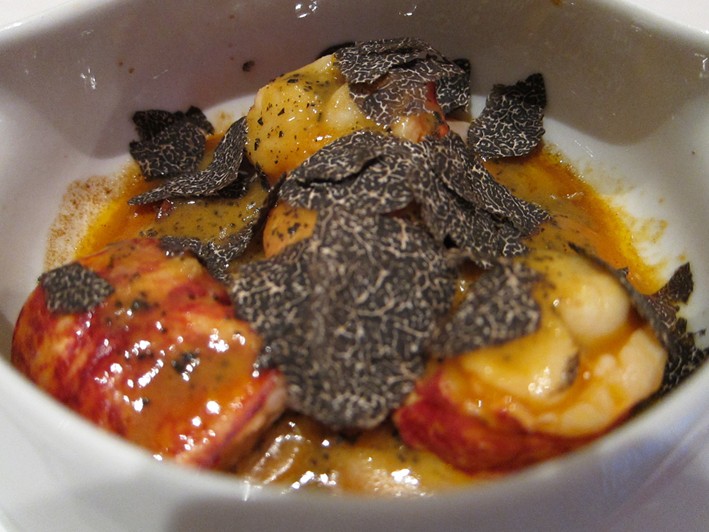



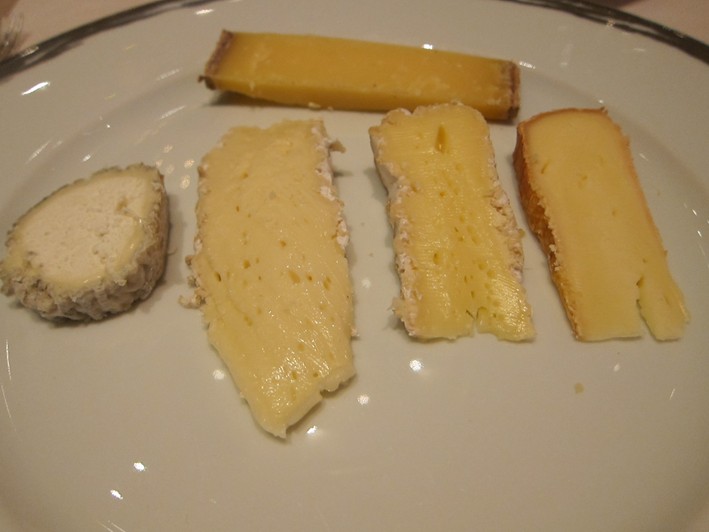
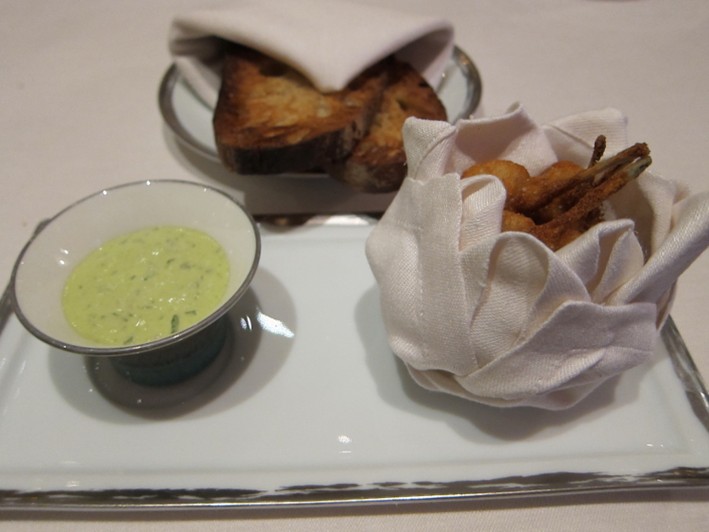
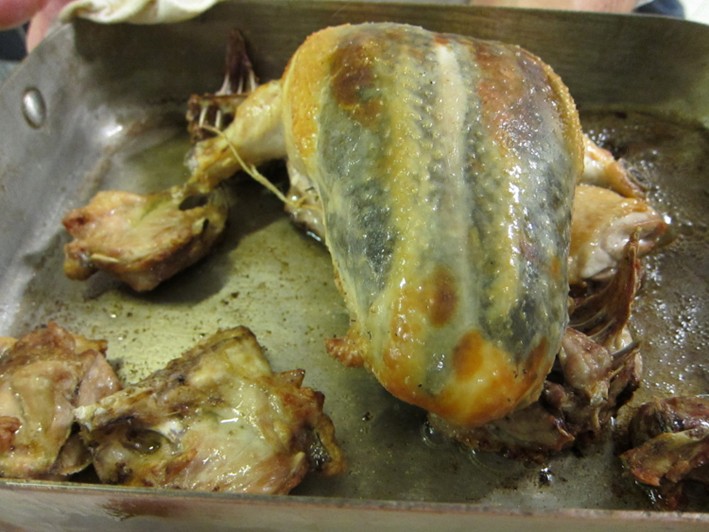

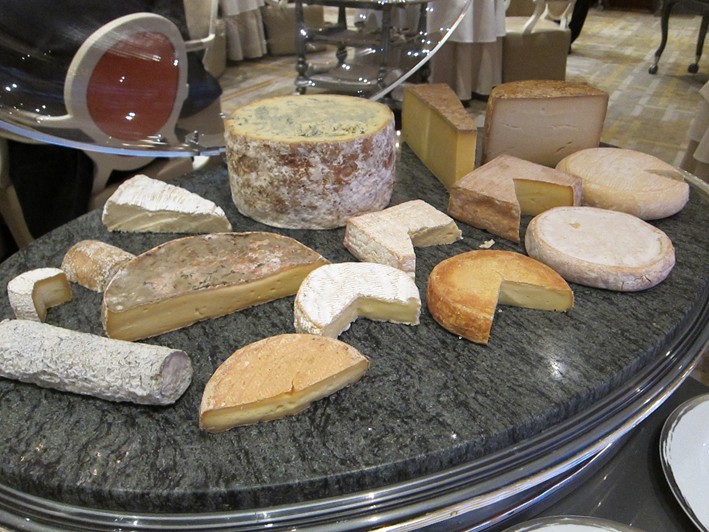

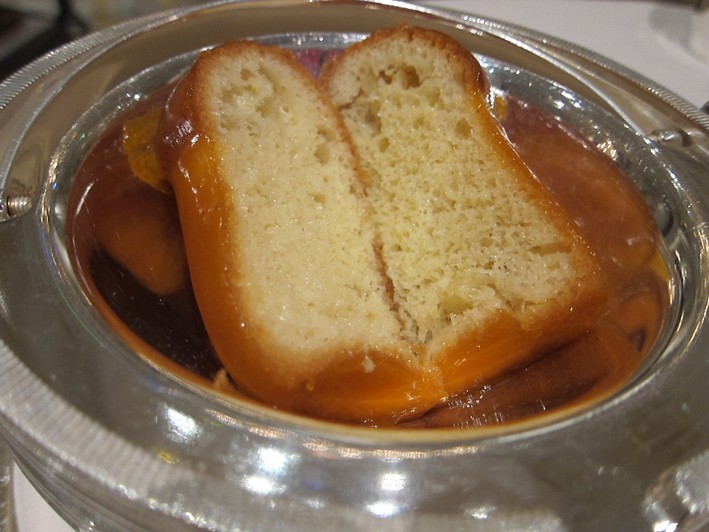


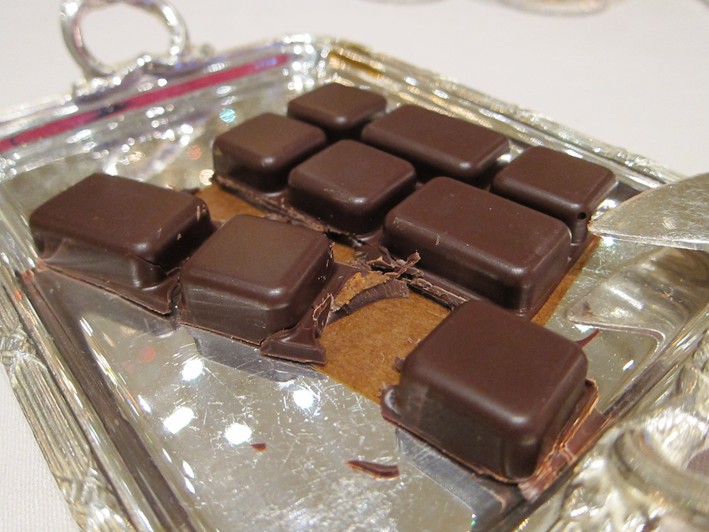

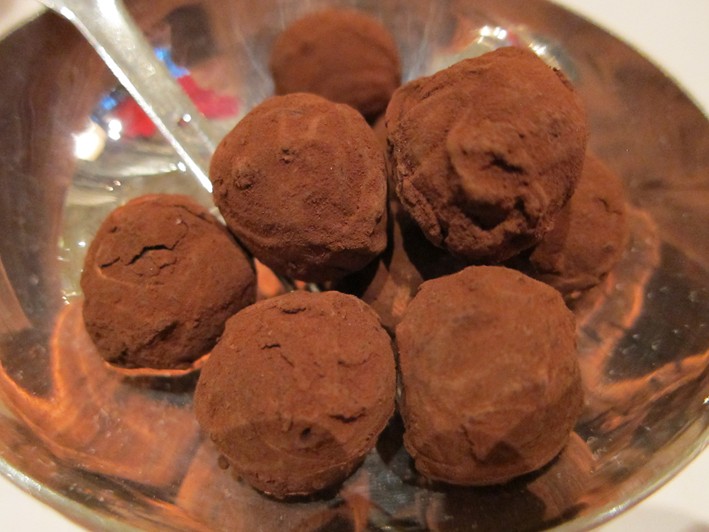
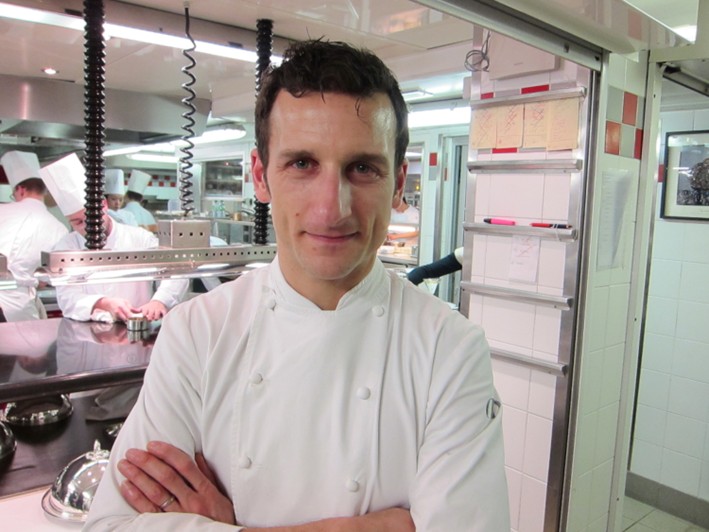
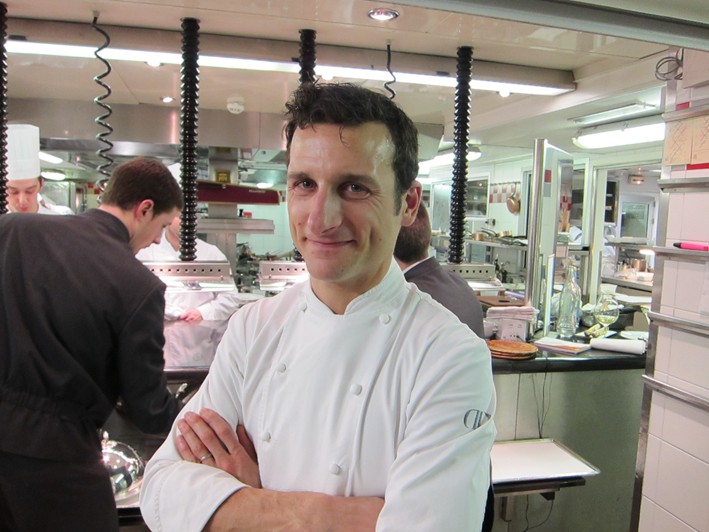

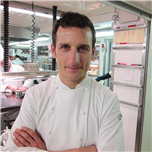
Name unavailable
this is exactly what gastronomie is all about: the best of produce seved with the best of wine with the best expertise,the ingredients are the stars,no messing around with jelly,foam and so on ,the wayto stay... nouvelle cuisine died, molecular cuisine will die as well, but this type will be always there ...vive la cuisine Francaise